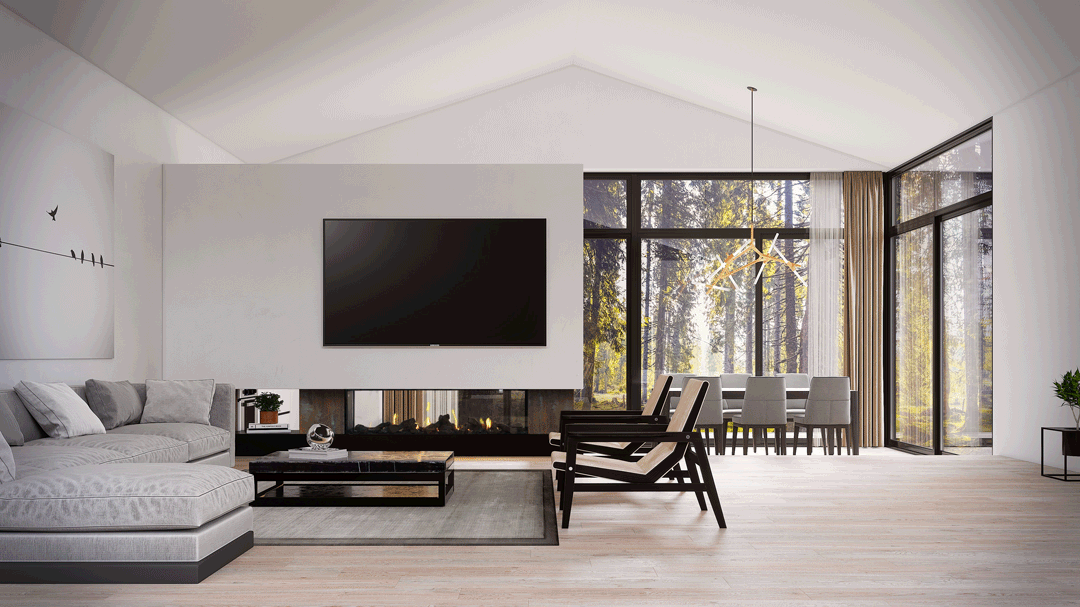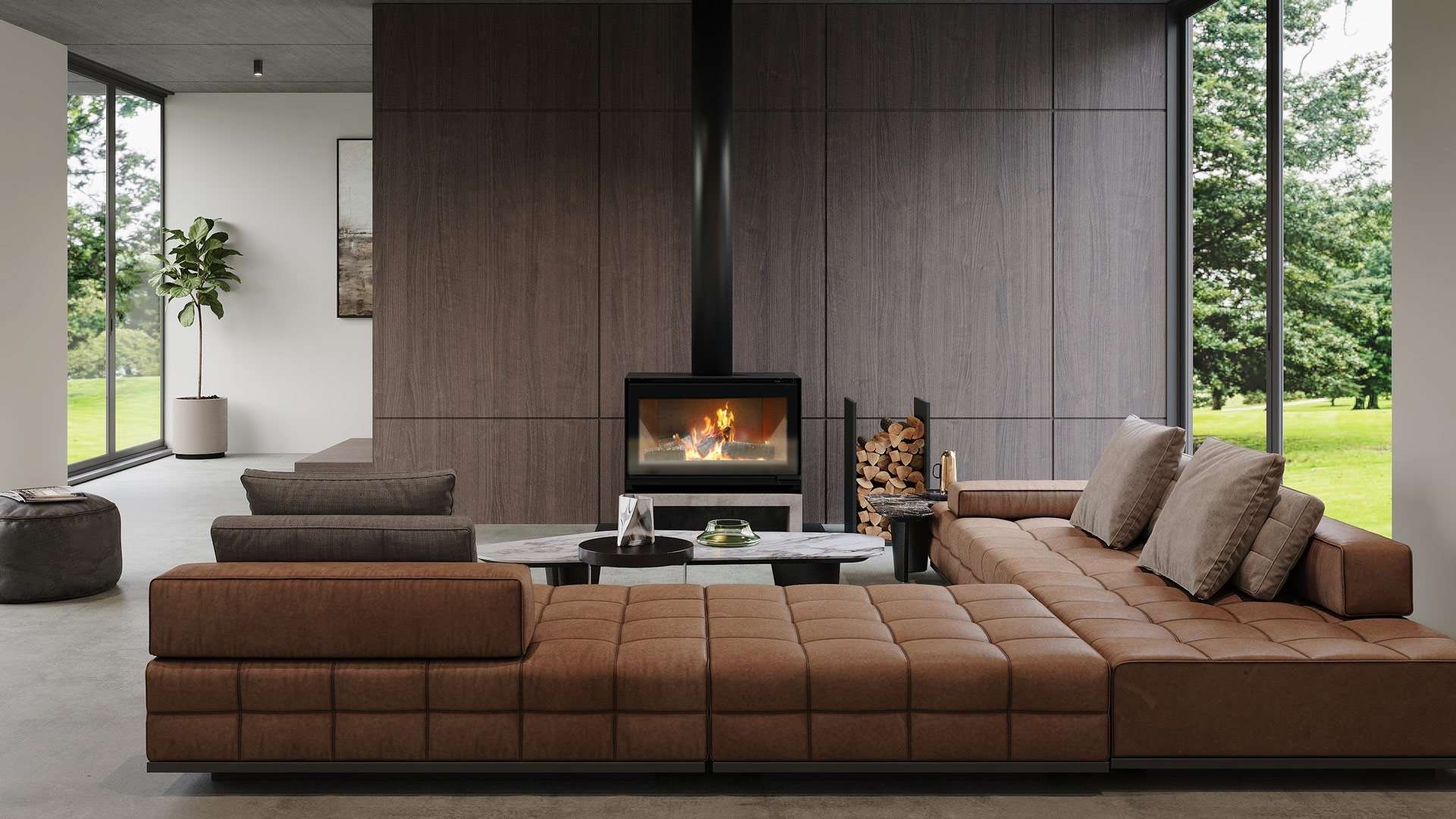Scarlet Opus is a trend forecasting agency in the United Kingdom that works with retailers, designers, media and manufacturers informing of them of consumer insights and colour and design trends. We caught up with Phil Pond from Scarlet Opus to find out more about the biggest macro trends happening right now, and what differentiates them from passing fads.
Your company, Scarlet Opus, forecasts design trends. Do you find these design trends happen on a global scale? Or perhaps some major ones do with unique differences for each country?
Macro design trends are Global; manufacturers, retailers, interior & product designers can make use of a trend report no matter where they are in the world. Each Trend story is simply adjusted to take account of local cultures & climates. E.g. a colour palette of 6 colours will have different choices of ‘most’ & ‘least’ popular in different regions of the world, but the palette itself will remain constant.
I guess this is something that has been affected by globalisation and the internet…perhaps the world is becoming a lot more in sync with design trends on a global scale, compared to 20 years ago?
The global relevance of trends has always been so, it may be true to say however, that globalisation has made everyone much more aware of this. Over the past 10 years people have increasingly built, joined & enjoyed communities whose boundaries are not constrained by geographic borders. They are defined by gender, interests, values and this has also highlighted the commonalities between humans rather than our differences.
You talk about macro and micro trends ...
Can you please give us an explanation of the difference? And how do they differentiate from a fast changing ‘fad?’
Macro trends are those with longevity, they are the trends that we report to our clients, all of whom are focused on the world of interiors. We don’t change the décor of our homes, hotels, workplaces every 6 months. Macro trends can also form the ‘backdrop’ to micro trends, which tend to influence design in things like seasonal fashion & sportswear, which change more rapidly. Although, even in fashion more generic, longer lasting trends, are beginning to emerge. An example of this is the increasing offering in and popularity of, ‘gender neutral’ clothing.
The colours change, styles change and even materials but the principle of the item looking good on both men & women is constant. Macro trends evolve from season to season, rather than emerge and disappear. An example of a Macro trend is the current desire for natural materials and connection to nature. Designers being influenced by Biophilia are growing in number and geographic spread. The desire for concrete and concrete ‘look’ products continues to be strong, natural materials wood, cork, bamboo, wool are all in demand, have been for a while and will continue to be for some considerable time yet. Notice how many vertical farms, living walls and city centre parks we see being developed all over the world now.

Pond believes that 'biophilia' (an innate affinity with the natural world) is one of the most significant macro trends of this decade.
What would you say have been the biggest macro trends in the last decade?
Our desire to be connected with nature and natural materials and the newly emerging trend for ‘hand-made’ and craftsmanship (which of course for the more mature among us, is simply a return to) are two of the strongest macro trends and both have longevity.
In terms of interior design some popular recent styles have been Scandinavian, Mid-century Modern, Minimalist and Industrial. Are we going to see more of these styles in the future? Are they timeless enough to never really date – or will they evolve to a new style trend?
We will definitely see more of them. They will endure because they will evolve. It’s important to think of these styles not as distinct and isolated aesthetics, but as the basis on which to build hybrid styles. Imagine the hard, stripped-back Industrial style if you introduced a mass of lush nature and allowed it to run wild. Picture a Minimalist room if you added small elements of luxury and touches of glamour.
Finally, of all the future design trends Scarlet Opus is forecasting, which ones do you think will be the most major, or make the most impact?
Good question! We are currently forecasting trends that connect architecture, interior design, product design & marketing activities with those natural materials and nature through to 2020 and beyond. The desire in us all to bring the outdoors, indoors and vice versa is growing in strength and spread.
We delight in unexpected encounters with nature and natural materials (or those that mimic them) provide a sense of well-being; and that is a very important consideration in all areas of interior design right now. Workplace development can’t do enough to satisfy the appetite for environments that create well-being. It’s a trend that isn’t going to fade away any time soon.










